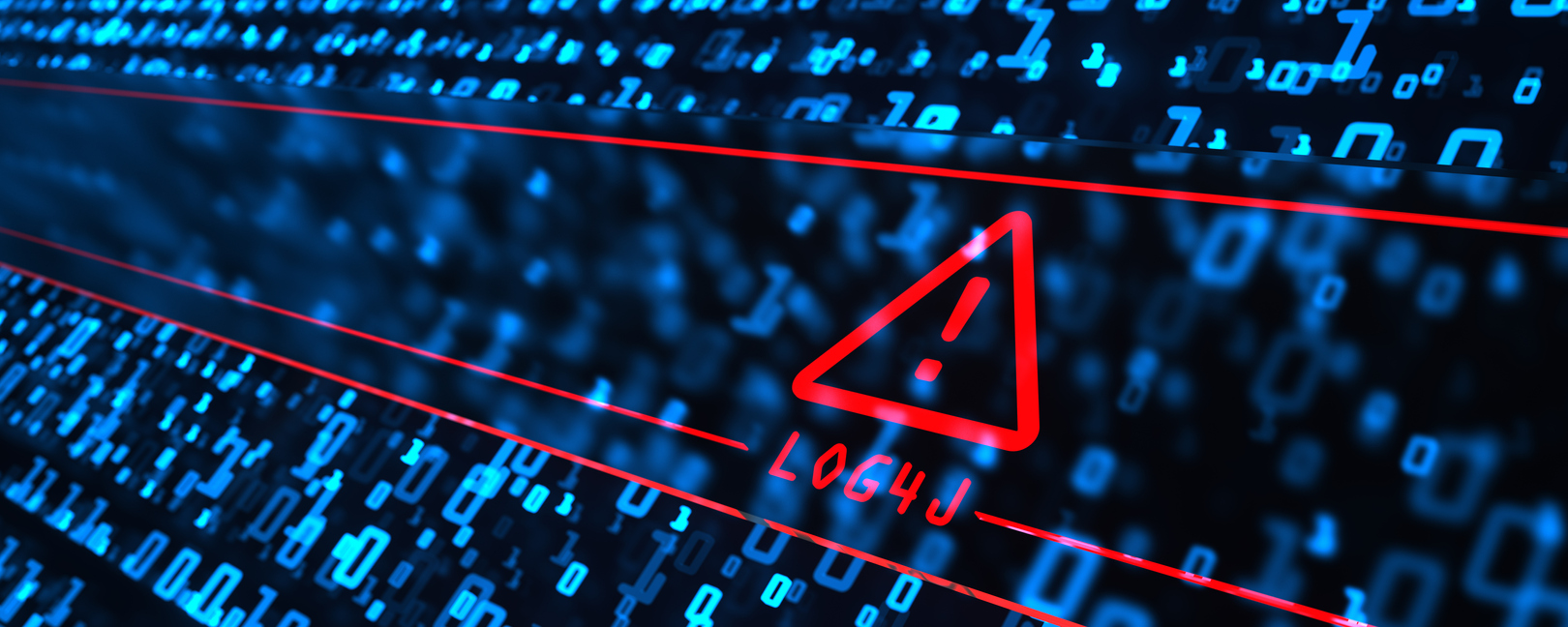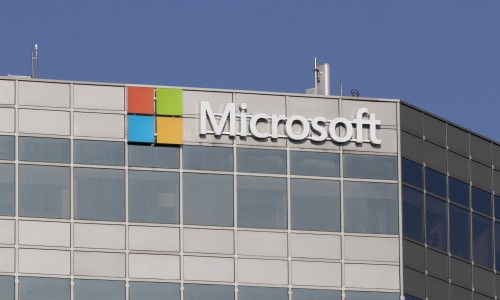
What Is The Difference Between Malware and a Virus
21 June 2022
If you spend a considerable amount of time online, you may have come across the term “virus” or “malware.” Or probably heard them tossed around by your company’s IT team?
What do they mean? Most importantly, how can you protect yourself from these threats?
Whether you’re on a Windows, Mac, or Linux computer, a laptop, desktop, smartphone, or tablet, you’re vulnerable to the ever-evolving cyber threats from viruses and malware. The first step to protecting yourself is understanding what you’re up against.
This article will explore viruses and malware in detail, explaining their core differences and the dangers they pose to your data and organization. We’ll also touch on how cyber security services can help protect your business from these threats. Let’s dive in!
What Is a Virus?
‘Virus’ is probably the word used more than any other when it comes to website security and can get bundled around as a kind of catch-all term.
Simply put, a virus is a malicious code written to enter your computer and damage/alter your files. A virus might delete or corrupt data on your computer.
These malicious programs can enter your computer as an email attachment, audio, or video file. Viruses can also enter your system through malicious download links from the internet. They can also be hidden in a free/trial software or bundled with legit programs.
As the name implies, viruses are infectious and can spread across your network, infecting new programs and laying low until activated. Viruses are often used to steal personal/company data or launch DDoS attacks on websites.
Almost all viruses are ‘carried’ as an executable file, meaning the virus may exist in your computer, but it can’t affect your machine unless you run or open the malicious program. It’s worth noting that viruses are a type of malware (more on this in the next section).
What Is Malware?
Malware is a catch-on term used to describe any malicious program intended to harm a computer, server, or network.
For instance, a virus is a specific type of malware that replicates itself and is distributed as an attachment. Other types of malware include:
- Worms
- Ransomware
- Scareware
- Adware and spyware
- Fileless malware
Let’s briefly go over these threats.
Worms
A worm is a type of malware that replicates itself, automatically spreading through a network. Unlike a virus, a worm spreads by exploiting parts of an operating system that are invisible to the user.
In most cases, users will notice a computer worm only when their uncontrolled replication consumes system resources, slowing down the system.
Ransomware
As the name suggests, ransomware is a type of malware that demands users to pay a ransom—usually in the form of crypto—to regain access to their system.
Ransomware is often designed to spread across a network and can paralyze an entire organization. This malicious program encrypts a user or organization’s data so they cannot access the files, databases, or applications. A ransom is then demanded to regain access.
Scareware
Scareware is a form of malware that uses social engineering to cause panic, anxiety, or a perception of a threat to manipulate the user into buying a threat-protection program.
Scareware pops up on the user’s screen (desktop or mobile) with loud alarms or flashing images, announcing that the computer has been infected. It will then urge the victim to buy a fake antivirus or antimalware program to remove the threat.
Adware and Spyware
Adware are programs that pop up unsolicited advertisements and offers, often based on the websites you visit. Spyware, on the other hand, are programs designed to track all of your computer activities from the sites you visit.
Spyware may record information about the user’s system and vulnerabilities for future attacks or keylogger attacks.
Fileless Malware
Fileless malware is a type of malicious activity that uses legitimate tools built into a system to execute an attack. It’s often hard to detect because it operates in the computer’s memory and evades detection by hiding in a trusted utility, like a security app or productivity tool.
Malicious downloads, phishing emails, and links that look legitimate are potential entry points. When you click on these links, they load to your PC’s memory, enabling hackers to remotely embed codes that can be used to steal your confidential information.
Differences Between Virus and Malware
Aside from the matter of self-replication, there are many other important distinctions between a virus and malware, as outlined in the table below.
| Virus | Malware | |
| Definition | A malicious program, capable of replicating itself, written to enter your computer and damage/alter your files. | Malware is a catch-on term used to describe any malicious program created with the intent to harm a computer, server, or network |
| Repair | A virus-infected system can be repaired using an antivirus software | A computer system with malware can be repaired using antimalware software |
| Method of Infection | Most often, viruses are spread via malicious software downloads and emails. They can also be transmitted through infected websites and corrupt storage devices. | In most cases, malware attacks are initiated through social engineering techniques, such as phishing and corrupt attachments or downloads. |
| Attack Operations | Viruses are usually dormant until the user activates the attack, either through opening or running the infected program | Malware works in different ways and can attack a system via various means, such as exploiting a security vulnerability in a network |
| Attack Outcomes | The attacker’s goal is usually to steal personal/company data or launch DDoS attacks on websites. | The goal of a malware attacker depends on the type of attack. In some cases, like in ransomware attacks, the attacker’s goal is to steal the victim’s money via forceful demands. |
As seen in the above table, there are many differences between viruses and malware, ranging from the method of infection to the ultimate goal of the attack.
How to Protect Your Business from Malware Attacks
Out of all the cyber security threats out there, malware threats are the most common.
Take ransomware, for instance. Research indicates that in 2021, 66% of businesses were hit by ransomware—representing a 78% increase from 2020’s figures. Worst of all, 60% of small companies go out of business after falling victim to a malware attack.
So, how can you protect your business from the growing malware threats? Here are tips to keep your network and business safe.
- Secure your network to the DNS level
- Encrypt critical files and folders
- Regularly update your software, system, and apps
- Install antimalware, antivirus, and anti-ransomware software
- Make email monitoring a top priority
- Educate your employees
It’s also advisable to hire a reputable IT support company to manage your cybersecurity and the entire security docket.
ICT Solutions provides a variety of cybersecurity and managed IT services. If you’re looking for an efficient and cost-effective solution for virus and malware protection for your business. Get in touch with us at ICT Solutions. Our in-house team of experts will be able to find out what the best, most cost effective solution for you and the bespoke needs of your business.



